Article category: Science & Technology
How I Trained a GAN to Make It Snow
Non-snowy summertime imagery at left compared to synthetic snowy imagery over the same location at...
Article category: Company News

We had our first summer internship program at Descartes Labs this summer, and wow, were we impressed. Our team was blown away by what our interns were able to accomplish in just 12 weeks.
Each intern was mentored by one of our applied scientists or engineers and worked on a different problem involving earth observation, data analysis, and machine learning. Here’s a quick overview of the projects they completed during their time with us using the Descartes Labs Platform.
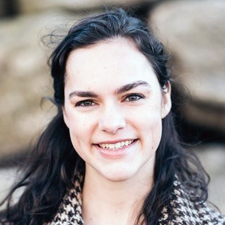
The earlier you can detect a wildfire, the better. Jane worked on detecting wildfires from space and found promising results using data from the GOES-16 satellite, which captures an image of the United States every five minutes. The GOES-16 data is on our platform within a few minutes of acquisition and we are continuing to work on a real-time detection system.
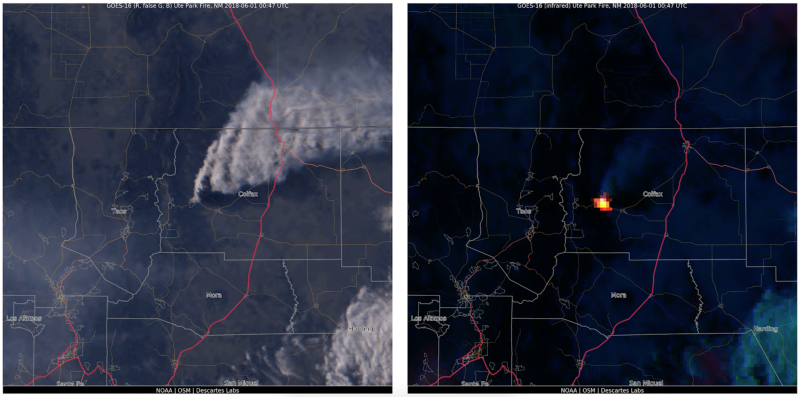

Cooper was focused on modeling solar power production in California. First, Cooper worked with one of our applied scientists to find all industrial-scale solar plants in California using a deep-learning-based computer vision approach. Then, by tracking clouds and haze every five minutes using data from the GOES-16 satellite, Cooper was able to model solar power production across the state of California.
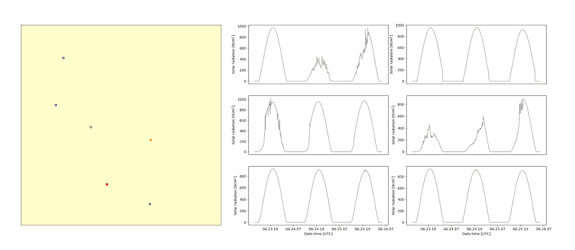
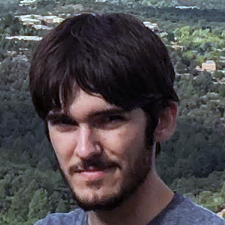
Aidan made important contributions to our machine learning infrastructure, although his main focus was on detecting trees in overhead imagery. Trees cover approximately a third of our planet, and knowing where trees are can help answer questions around land use, deforestation, and agriculture. By creatively combining RGB imagery with LiDAR data, Aidan was able to build an amazingly accurate tree detector and deploy that detector on cities all over the world.


Winston was our software intern on our site reliability engineering team. Local to Santa Fe, he got a crash course in building large-scale cloud-native software. Winston had the unique opportunity to become familiar with tools and paradigms that will define the future of distributed systems — and the difficulties associated with reasoning about such systems. The internship culminated in the development and deployment of a containerized remote workstation system deployed on Kubernetes. Winston has since joined our team as a full-time site reliability engineer.
Our inaugural year for our official intern program was a great success. We are developing a geospatial analytics platform that accelerates science, leading to accurate predictions and better decisions for academic, government, and commercial applications. It was great to see how the next generation of problem solvers approached their projects and used these new tools to find answers.
If you are interested to join us next year, submit your applications early for 2019 — we’re hiring Applied Scientist interns and Software Engineering interns. Already graduated, or will soon, and interested in joining our team? Check out our open positions here.
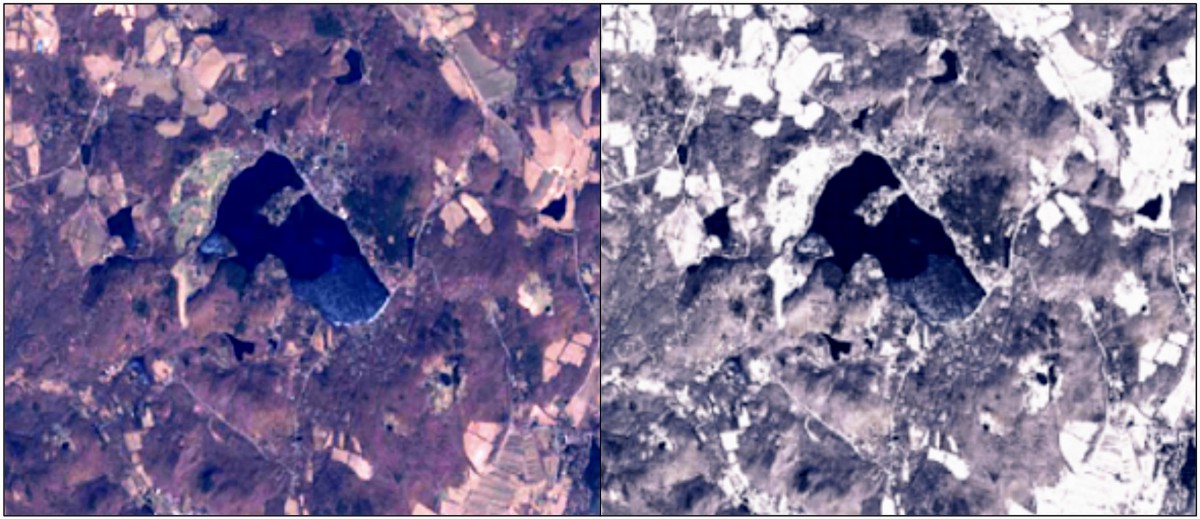
Article category: Science & Technology
Non-snowy summertime imagery at left compared to synthetic snowy imagery over the same location at...

Article category: Science & Technology
Terry completed the following work as a Descartes Labs intern this summer, where he worked with...

Article category: Company News
Descartes Labs teamAs Descartes Labs grows rapidly, we’re constantly adding to the executive team...

Article category: Science & Technology
Descartes Labs aims to improve science around the world with free Platform API access for...